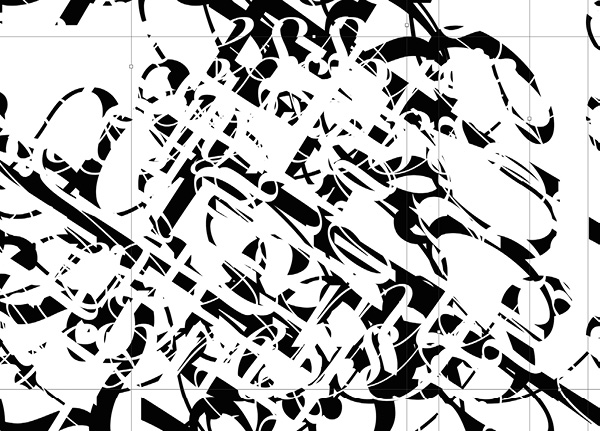
THAT WHICH FADES CONTINUES FOREVER (2 H.B.)
first performed on March 22, 2016
An artist’s home, Chicago, IL
performed once in 2016
FULLA ABDUL-JABBAR
Chicago, IL
THAT WHICH FADES CONTINUES FOREVER (2 H.B.)
FULLA ABDUL-JABBAR
In 2016, I began a series of performance lectures which I called PowerPoint poems. In these, I use presentation software—a medium that encourages standardization and distance—and re-present it as expressive, personal, and emotive.
The first of these was titled “That which fades continues forever.”
At the time, I was mourning, and a song was stuck in my head—“2 H.B.” by Roxy Music, which ends with the lines: “Your memory stays/ It lingers ever/ Will fade away never.”
In music, a fade-out is often used to imply that that which fades continues forever beyond the moment of its fading out. I thought of prolonging the fade of memory—drawn out so long that it stands still. What happens to a fade in stasis? A fade that never ends? Does that which fades forever also continue forever?
*
The performance starts with repetitions of the phrase “Words don’t express my meaning” in text boxes on a white screen. This phrase is taken from the same song, and the emptiness of the words seemed important to try to hold onto on the screen. The text in the boxes is slowly enlarged until it loses legibility. As this occurs, I read sparse micro-descriptions written during my mourning period. At a point this enlargement of the text stops (much of the text having now fallen off the screen). On top of this text, the same text appears again in white and begins to grow in the same manner until all that the audience sees remaining are the thin blue lines of text boxes moving. This is a moment where abstraction has become erasure.
*
Through this use of presentation software, I hope to reconsider the viewed screen and the computer screen as active, generative sites for the viewers themselves. Throughout my reading, I intersperse long moments of silence where the audience’s gaze can shift fluidly between the performer, the spoken text, the screen, and the surroundings. Meandering thoughts can thus interact with the abstracted text on the screen in a way that builds continuous and evolving associations for the viewer. Although the visual materials of the lecture are created in Keynote software, the final product is not finished slides but is a filmed process of arranging and manipulating the text on the screen. By presenting the process as the product, I hope to suggest that how a viewer constructs this fade is her own creative act.